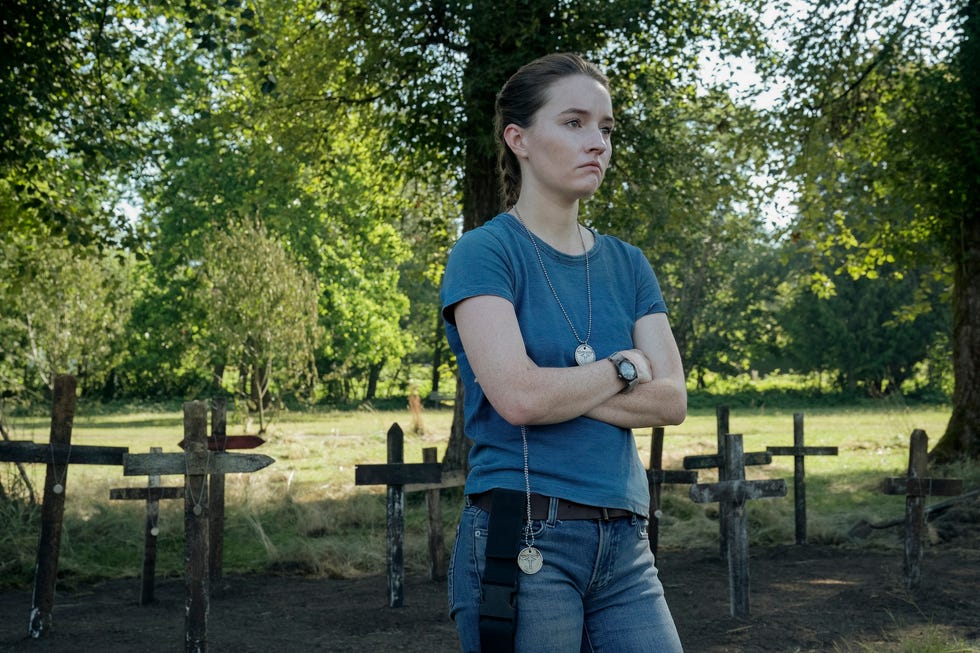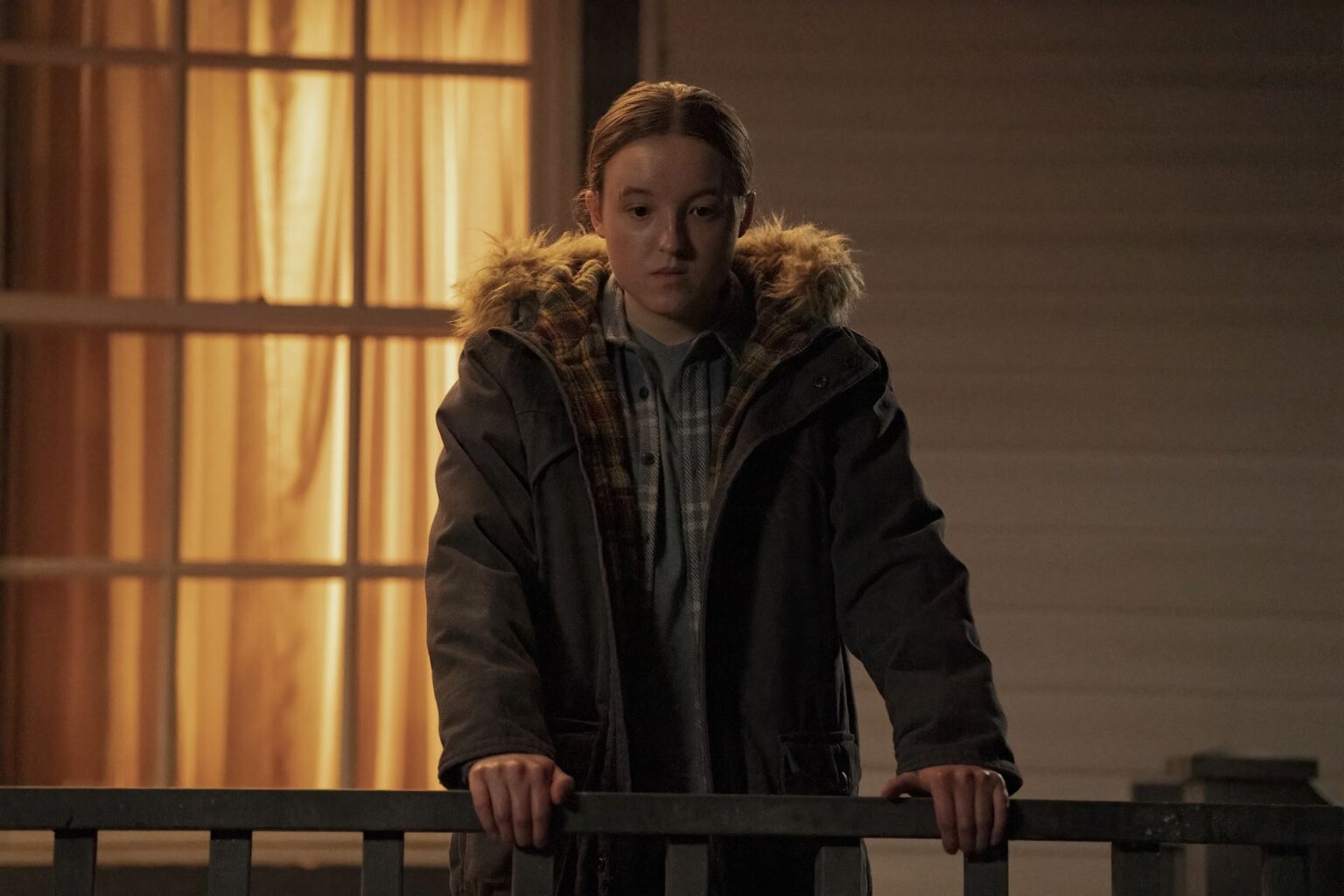This story contains spoilers for The Last of Us season 2 finale.
There are no Infinity Stones or tricked-out DeLoreans in post-apocalyptic Seattle, but The Last of Us is going back in time nonetheless. In the season 2 finale of HBO’s The Last of Us, which is heavily based on the 2020 PlayStation video game The Last of Us Part II, a violent confrontation ends in an ambiguous way. Then, in what might come as a surprise for newcomers to the story, the show takes audiences back to just three days prior.
At the end of The Last of Us season 2, episode 7, “Every Last One of Them,” Ellie (Bella Ramsey) survives an almost deadly encounter with the Seraphites and makes her way into the W.L.F. compound, where she encounters two of Abby’s friends: Owen (Spencer Lord) and Mel (Ariela Barer). After a tense stand-off, Ellie fires her gun, immediately killing Owen and fatally injuring a pregnant Mel, who succumbs to her injuries just moments later.
A shaken Ellie returns to the theater to regroup with Tommy (Gabriel Luna), Dina (Isabel Merced), and Jesse (Young Manzino). But almost out of nowhere, Abby (Kaitlyn Dever) emerges from the shadows, killing Jesse and threatening Tommy. Ellie, whose accidental murder of Mel has played some role in possibly changing her mind about her quest for revenge, offers to surrender herself in exchange for Tommy’s life. But Abby fires a gun and—well, that’s it.
From a harsh cut to black, The Last of Us brings audiences back to a few days earlier. Abby wakes up on a couch in a cozy room somewhere. She leaves the room and walks out to reveal she’s living in a football stadium—SoundView Stadium, to be exact—which acts as the main headquarters for the Washington Liberation Front in Seattle. That’s when the show tells us for sure that we are now catching up with Abby in the three days leading up to her hostile reunion with Ellie.

Abby, played by Kaitlyn Dever, is set to become the main focus of The Last of Us season 3.
What Is Going on With The Last of Us‘s Time Jump?
The Last of Us Part II was structured around the perspectives of its two main characters: Ellie, who returns from the first game, and Abby, who kills Joel at the beginning of the
The Last of Us Part II for reasons that aren’t immediately known until later. (The HBO show has already made this clear: It was payback for Joel’s own murder of her father in Salt Lake City.)
While half of the game is focused on Ellie, the other half is devoted to Abby, whose own perspective of the events challenges players to see that the harsh, muddy world of The Last of Us is not fully black and white.
For a variety of reasons, not the least of which is probably to have material for a third season, the creatives behind the HBO show opted to stretch the story over two seasons. Season 2 was focused on Ellie’s perspective, but season 3 is primed to see things from Abby’s eyes. Who knows what Abby has seen? It just might get us to change our minds about everything—including everyone we’ve come to love.

